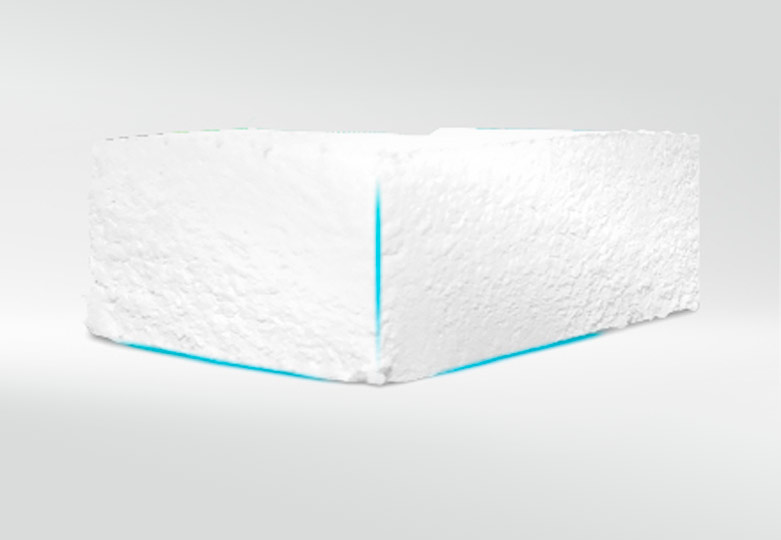Synthetic Rubber
(2023年12月04日)https://www.yushengmax.com/products/synthetic-rubber/
Synthetic Rubber Material
Synthetic rubber refers to the rubber produced industrially from low-molecular compounds (called monomers) through polymerization. Man made rubber has many advantages over natural rubber, and is used in many applications benefit by its superior performance. The use of synthetic rubber is much more prominent than natural rubber in most industrialized nations. Yusheng is one of the professional Chinese synthetic rubber suppliers which can offer different types of synthetic rubber products for customers to choose.
Different Types of Synthetic Rubber
Polybutadiene Rubber
Polybutadiene rubber is a synthetic rubber formed from the polymerization of the monomer 1,3-butadiene. It is the second largest volume synthetic rubber produced, next to styrene-butadiene rubber (SBR), with about a quarter global consumption of synthetic rubber. Polybutadiene rubber has excellent abrasion resistance (good tread wear), low hysteresis loss, high elasticity, and low rolling resistance due to its low glass transition temperature.
Styrene Butadiene Rubber
SBR is the highest volume General-purpose synthetic rubber that is sometimes used as a substitute for natural rubber (NR). It can be produced by free-radical solution polymerization or by emulsion polymerization either warm at 30 to 60°C (hot rubber) or cold at temperatures near 0°C (cold rubber).
SBR 1502
SBR 1712
Butyl Rubber
Butyl rubber is a synthetic elastomer made by combining isobutylene and isoprene. It was the first rubber to be synthesized. It has good shock absorption characteristics and low moisture and gas permeability and is used in many commercial applications.
Regular Butyl Rubber
Brominated Butyl Rubber
Chlorinated Butyl Rubber
Natural Vs Synthetic Rubber?
Natural and synthetic rubbers are two types of polymers with excellent properties that are widely in rubber industries for many rubber products and other industrial products. Each rubber type has its own chemical and physical properties depending on the nature of the monomer and chemical structure of the rubber.
The main difference between natural rubber and synthetic rubber is that natural rubber is a natural biosynthesis polymer obtained from a plant called Hevea brasiliensis, whereas synthetic rubbers are man-made polymers under controlled conditions.
Natural Rubber
Natural rubber can only grow in tropical climates and doesn’t age well. Most natural rubber is produced from the softwood Hevea brasiliensis tree, which is native to Brazil. However there are several other species of trees and shrubs from which natural rubber is sourced.
It has a high tensile strength, higher tear resistance, low odour, and is resistant to fatigue from wear such as chipping, cutting or tearing. It also has tack, which means it can adhere to itself as well as other materials. This is particularly the case for steel cord which makes it an excellent material for use in tires. Natural rubbers are also a very popular choice in the Subsea, Oil & Gas field particularly.
On the down side natural rubber has only moderate resistance to damage from exposure to heat, light and ozone. It also contains natural proteins which may cause allergic reactions when placed in contact with human skin for prolonged periods.
Synthetic Rubber
Synthetic rubber is artificially produced from polymers in different varieties to mimic the properties of natural rubber. So, for many countries, it is easier to use. In general, synthetic rubber offers better resistance to abrasion than natural rubber, as well as superior resistance to chemicals, fluids, ozone, electrical heat and the effects of aging. Many types of synthetic rubber are flame-resistant, so it can be used as insulation for electrical devices. It also remains flexible at low temperatures and is resistant to grease and oil. Because of this synthetics offer excellent results for applications in extreme temperatures and corrosive environments.
Applications of Synthetic Rubber
The applications for synthetic rubber are nearly limitless. Perhaps the largest consumer of synthetic rubbers is the automotive industry and rubber industry. Tires, seals, o-rings, gaskets, rubber hoses, belts, and other components throughout the vehicle are often made with synthetic rubber. The aerospace industry uses synthetic rubbers for many of these same components. The construction industry also relies heavily on synthetic rubber for seals, flooring, roofing, and other applications.
Another major consumer of synthetic rubbers is the medical industry. Synthetic rubbers are safe for patients who are sensitive or allergic to latex and thus are often used for tubing and other products that come into direct contact with the skin. Healthcare professionals also rely on synthetic rubber for protective equipment, medical components, and much more.
Everyday consumers will find synthetic rubber all throughout their daily lives. Shoes, sporting goods, kitchen tools, and even chewing gum contain synthetic rubber(Butyl rubber).
As a rubber raw material manufacturer, we will do our best to meet all the needs of customers.
- «前のできごと |
- 次のできごと»
- このできごとのURL:



コメント